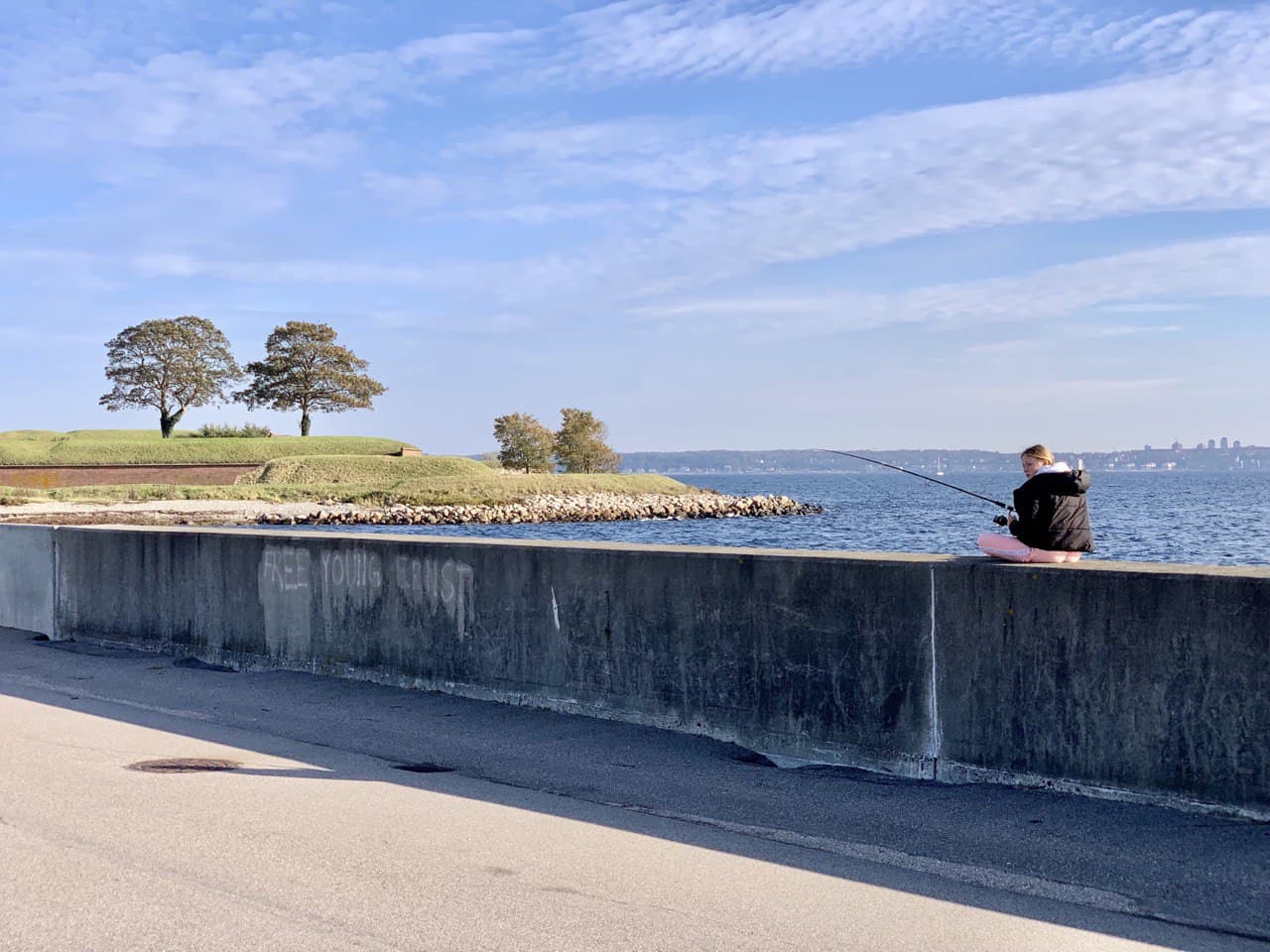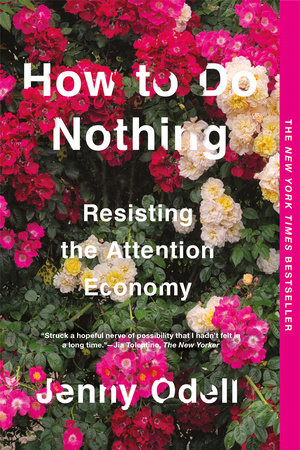Tenday Notes 1 Oct - 10 Oct 2021

Every ten days I share a quick digest of what I've been working on and reading. Here's the latest. More in the series here. Want them in your inbox? Sign up.
Let's do reading recommendations first today. I'm still really enjoying Jenny Odell's How To Do Nothing, now that I'm a little over half-way through. Just the right mix of politics, philosophy and self-help, in that the self-help doesn't take the form of "do this", but "here's a new way that you could think about this". It's gentle with the reader, and firm against those forces that assail the reader. It's a book that's in your corner.

Thanks to Gurman Bhatia for pointing me to "A Natural History of Beauty" by Kevin Simler. It's a long-ish read that offers a way to think about beauty as a collection of multiplayer games, played by biology. At the end it offers a collection of questions "to ponder", which I love. Well worth a read.

One more - Everest Pipkin's article "Against the Metaphorization of Data" is about the agendas that lie behind the way we describe data, but the importance of still engaging with it (because there's no other choice). My favourite bit:
To the eyes of U.S. law, there is never a rare salamander in the path of the oil pipeline unless someone reputable has published a dissertation describing exactly this creature. [...] When the onus of proof of value rests on the salamander and not the pipeline, the salamander is entered into the dataset to become a bureaucratically readable, empirical truth that can (every once in a while) divert a pipeline a few miles south.

OK so what have I been upto since I last wrote? Well, quite a lot. I can finally talk about a project I worked on earlier this year with Valentina D'Efilippo and Arpad Ray. They created a beautiful visualization of London's Covid data, and I composed a sonification soundtrack to go on top. It's called London Under the Microscope and was originally a commission for the Museum of London. It'll premiere at the end of this month at the Brighton Digital Festival, so if you're in that part of the world then I highly recommend checking it out.

I've been working with the team at Possible to prepare some graphics for a report on what a fair transition might look like to a future where the UK's aviation industry is a lot smaller. According to our modelling, job losses in aviation would be far more than offset by growth in other sectors. I can't share too many details (as the report isn't out yet) but if you'd be interested in seeing the results when they're published then ping me a reply and I'll send it over.
I've been continuing work on my Prime Symphony project, which aims to create a series of artworks based on prime numbers. Originally my contribution was a unique generative soundscape for each prime number - which I've slowly been realising by digging into the Tone.js library. But I'm now also involved in the visuals too - which will be generative and plotter-based, like a lot of my work last year.

The Data Visualization Society's Outlier conference is back next February. I spoke about my podcast, Loud Numbers, at the last one and this year I'm on the speaker selection committee. We're looking for talks that put forward new perspectives and ideas related to data and visualization. If you've got an idea and want to speak (it's paid!) then check out the website for more details. If you have any questions about the process, or the speaker experience, then I'd be happy to answer them. Just hit reply.

I've also been figuring out how to finally start running some coding streams for my membership program, and I think I've settled on a decent setup, which I'm sharing here in case it's useful for others.
I've been wanting to do more streaming for years, but without a specific audience it's hard to figure out what to stream. Now I have the membership program, though, I have an audience that wants to see creative data projects. So I'm streaming some of my work on my Prime Symphony project to them.
Normally I'd be using my Windows desktop machine to work, with my huge and beautiful BenQ monitor, but that gets annoying for people watching because the text is so small when it's compressed down to a single window. And if I make it larger on my screen then it's HUGE for me. So I set it up on my Macbook instead - plugging in my iPad as a second screen to see chat. The light's better at the studio table than at my computer desk anyway.
For streaming, I'm using the amazing OBS. A great example of fantastic, powerful, free and open-source software. I have a few scenes set up that I can switch between - a view of just me, a view of the code with me in a corner, and a splash screen that I can use while on breaks or waiting to start.

The streams I'm doing involve a lot of sonification, so I need the computer sound to be heard on stream. To make that happen, I'm using Loopback, which is honestly a bit expensive but works fantastically. I looked at some free versions, but they don't support the newest Macbooks yet. So Loopback it is.

Then the streaming itself is happening through YouTube. I like Twitch, but it's set up to be a destination in its own right, rather than a service that I can use in my own way, with other systems.
So the system goes: Me -> Loopback -> OBS -> YouTube. Tidy, simple and pretty effective.
I actually quite genuinely love this art project proposing sending everyone on Earth gradually into permasleep (with the help of an app and a very nicely designed chair) as a solution to climate change.

I've been running through the coding tutorials for my Norns Shield over the last couple of weeks. It's all done in the Lua programming language, which I initially thought would be super-easy but there are actually a few gotchas if you're not paying attention.
Now I'm starting work on making a script of my own. It's a sonification script, obvs, which takes a CSV file as input and lets you map it to different root notes, scales, and BPMs. In the fullness of time, I'm gonna combine it with Crow to get it to spit out control voltages for Eurorack too.
As usual there's a wider-than-expected gap between doing a tutorial and writing something yourself. But I'm making progress. I've got the interface of the app (what it looks like) nailed. Now I just need to make that interface functional.

The end goal: sonification in modular synth. Which is something that doesn't currently exist, as far as I've discovered. It's fun to be breaking fresh ground!
Finally, what do you do when your ancient microwave breaks down? Install a mechanical keyboard with RGB lighting, of course.
That's all for today, see you in another 10 days!
- Duncan








